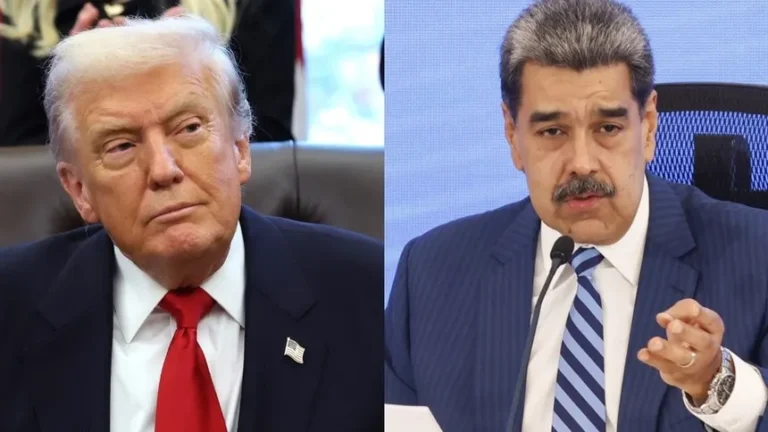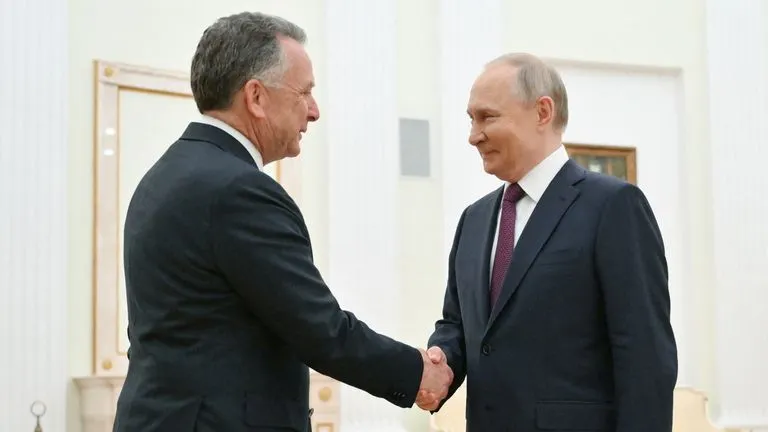
President Trump Affirms Tariff Plan Ahead of August 1
President Donald Trump reiterated on Tuesday that his administration will enforce new tariffs on foreign imports starting August 1, rejecting calls for further extensions. Speaking during a Cabinet meeting and on social media, Trump outlined higher rates for copper, pharmaceuticals, and goods from BRICS member countries, signaling a firm stance on trade policy.
Trump said no additional delays would be granted, declaring that all payments would be due starting August 1. “There has been no change to this date, and there will be no change,” he posted on his Truth Social platform.
Higher Tariffs Target Copper, Drugs, and BRICS Nations
Among the specific measures announced:
- A 50% tariff on copper products imported into the U.S., which pushed copper futures to their largest intraday gain since at least 1988.
- Up to a 200% tariff on imported pharmaceuticals if manufacturers fail to relocate production to the U.S. within approximately a year.
- An additional 10% levy on imports from BRICS nations, including India, in response to what Trump described as “anti-American” policies.
Trump indicated that companies in affected industries, particularly pharmaceutical firms, would have about 12–18 months to adjust before the steepest rates take effect.
European and Asian Trade Partners Affected
The administration also notified several countries of new tariffs if trade negotiations remain unresolved. As of Monday, letters were sent imposing:
- 25% tariffs on Japan and South Korea.
- 30% on South Africa.
- 40% on Laos and Myanmar.
Trump said additional letters would follow in the coming days, potentially raising rates even higher on some nations or sectors.
Despite ongoing discussions with the European Union, Trump expressed frustration over trade deficits and taxes on U.S. technology firms, warning he could unilaterally set new EU tariffs within two days.
Broader Trade Agenda Continues
The president’s latest announcements are part of a broader trade strategy launched earlier in his second term. In April, Trump proposed “reciprocal” tariffs on over 50 countries, temporarily reducing them to 10% for a 90-day negotiation window, which expires this week.
While agreements have been reached with the United Kingdom, Vietnam, and China to lower some rates, many negotiations remain incomplete. The administration has emphasized its intention to bring more manufacturing back to the U.S. while discouraging retaliation from trading partners.
“We want to have relationships, but in every case, they treated us far worse than I’m treating them,” Trump said Tuesday.




